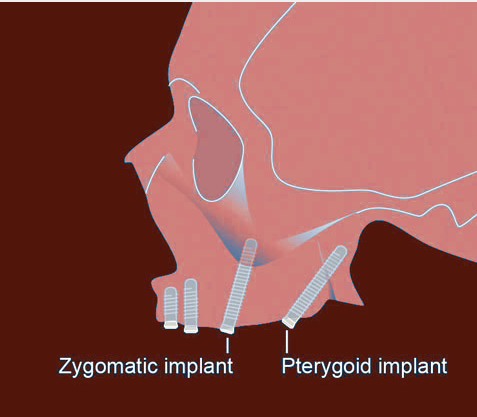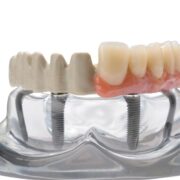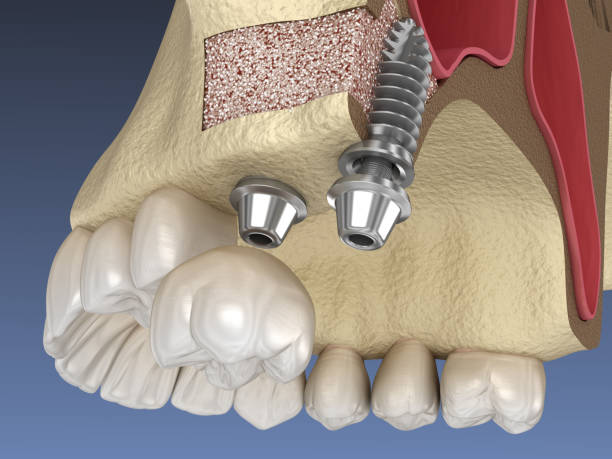Both the Pterygoid and Zygomatic Implant can be used for upper weak jawline. They are both also titanium material used to rebuild facial structures, however, each is shaped differently. Both of these types of implants can effectively restore missing teeth in upper jaw but there are subtle differences between them. The right choice for your situation depends on your unique circumstances and goals. These two implant types may have slightly different pros and cons, but both can be effective with the right surgeon and patient combination.
Pterygoid Implants
These implants also known as “pterygo-maxillary implants”. Pterygoid implants allow patients with severe upper jawbone loss to enjoy the benefits of a dental implant. Placement of pterygoid implants involves origination of implants in the tuberosity regionand follows an oblique mesiocranial direction proceeding posteriorly toward the pyramidal process. It subsequently proceeds upward between both the wings of pterygoid process of sphenoid bone.
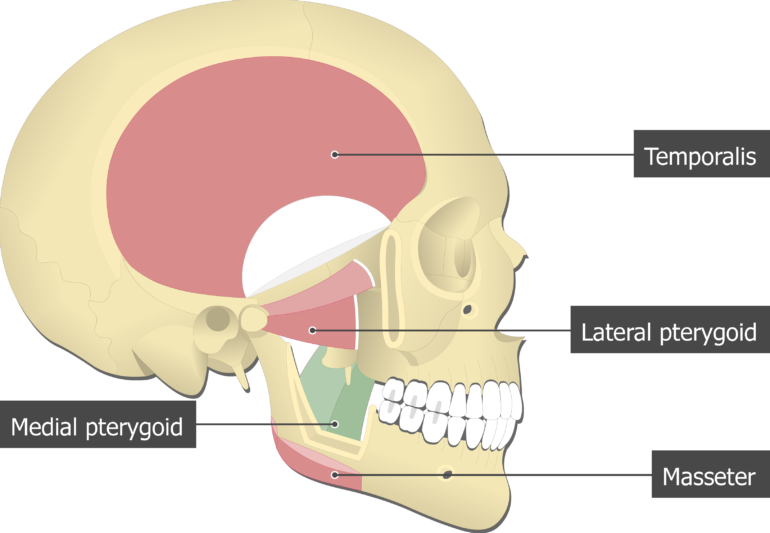
Zygomatic Implants
Zygoma implants small titanium screws placed in the bone behind the cheekbone to support the skin and correct the volume of the lower part of the face. In cases where there is virtually no bone, weak or minimal bone, dental implants are feasible with or without bone grafting. Zygomatic Dental Implants are a way to replace a missing tooth with something that looks, feels and mimics a natural tooth. Neither you nor anyone else can tell the difference. Dental Implants have been around since the 1950s and in the last 10 years have been perfected where is A.D.A (American Dental Association) acceptance and a very high rate of success.
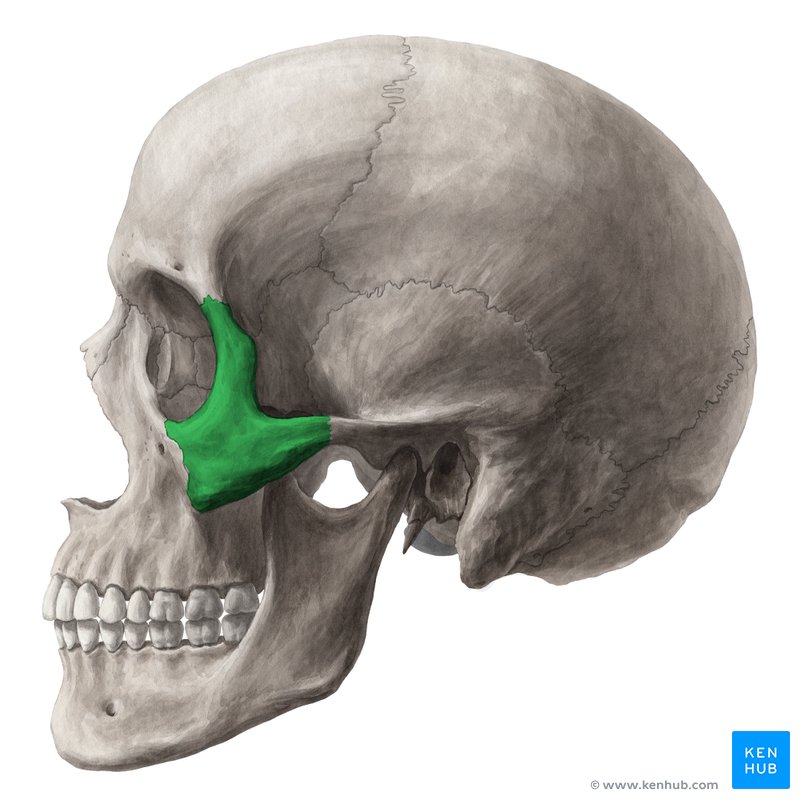
Pterygoid and Zygomatic Implant difference
Zygomatic implants artificial bone fragments surgically placed in the cheek region. Like other bone implants, they can be used to fill in areas of missing bone and add volume to the cheek region. They have similar benefits and uses as pterygoid implants, but they are shaped differently. These implants are thick rectangular blocks. Pterygoid implants are long and narrow, shaped like a paddle or tongue depressor.
Zygomatic implants placed in the cheek region, while Pterygoid implants placed in the back of the mouth behind the jawline. This placement difference means that Pterygoid implants can lift a weak jawline and lower the cheekbones, whereas zygomatic implants can only lift the cheek bones. Zygomatic implants can be more effective for cheek augmentation than Pterygoid implants because they are thicker. Zygomatic implants are about 2.5 mm thick, while Pterygoid implants are only about 1 mm thick.
Which one is right for You?
Deciding between ptergoid implants and zygomatic implants depends on your neck and cheekbone goals. Patients who want to lift the jawline and cheekbones may be better off with ptergoid implants. Patients who want to get their teeth may be better off with zygomatic implants. Pterygoid implants can lift and lower the jawline, while zygoma implants can only lift the cheekbones. Cheekbone implants may be better for patients who have a weak jawline but normal cheekbones. Zygomatic implants may be too thick to lift a sunken jawline.
How are they Placed?
Placement of pterygoid implants involves origination of implants in the tuberosity region and follows an oblique mesiocranial direction proceeding posteriorly toward the pyramidal process. It subsequently proceeds upward between both the wings of pterygoid process of sphenoid bone.
Pterygoid and zygomatic implants are inserted into the mouth and positioned behind the jawline in the soft tissue around the lower jaw. Pterygoid implants are placed in the back of the mouth where the tongue rests and the lower jaw attaches. Zygomatic implants placed in the cheek region where the cheekbone meets the lower jaw. Both implants placed during a short surgical procedure with a local anesthetic. The process is about an hour long, and the healing time is about 2-6 weeks.
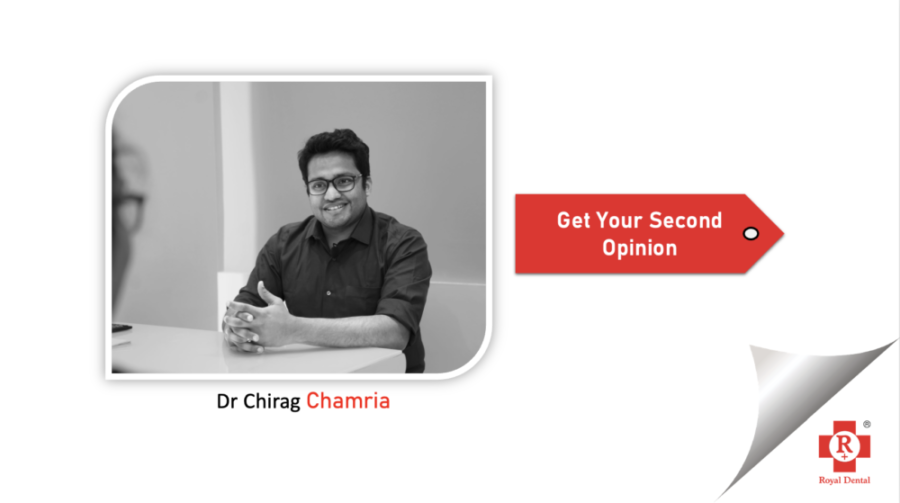
Differences in Pterygoid vs Zygomatic
Pterygoid and zygomatic have different shapes: They are thin, narrow tongue depressors whereas zygoma implants are thick rectangular blocks. Pterygoid placed in the back of the mouth and zygomatic implants placed in the cheek region. Upper jaw Pterygoid can lift a weak jawline and lower the cheekbones, while zygomatic implants can only lift the cheekbones. Pterygoid are typically 1 mm thick, while zygomatic implants are about 2.5 mm thick.
Conclusion
Pterygoid and zygomatic implants facial implants used to correct missing teeth in upper jaw. Both also artificial bone fragments used to rebuild facial structures, however, each is shaped differently with different placement locations in the patient’s mouth. Deciding between ptergoid implants and zygomatic implants depends on your neck and cheekbone goals.
Follow Us For More Updates
